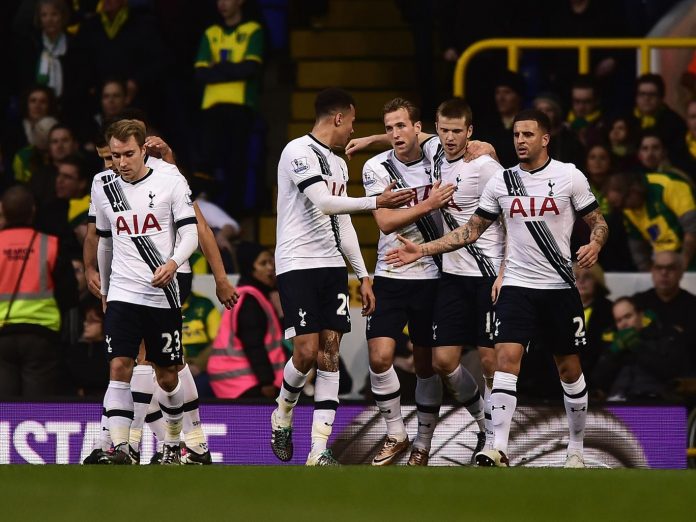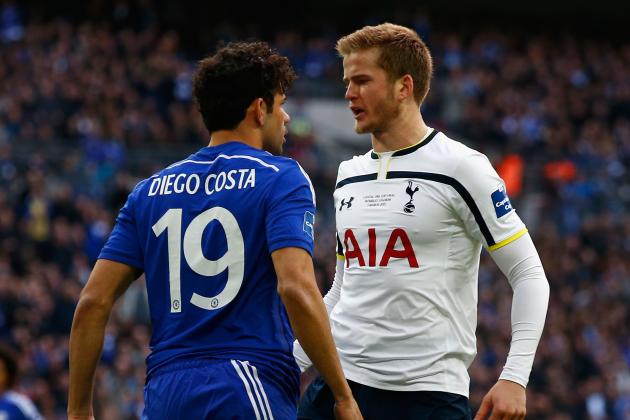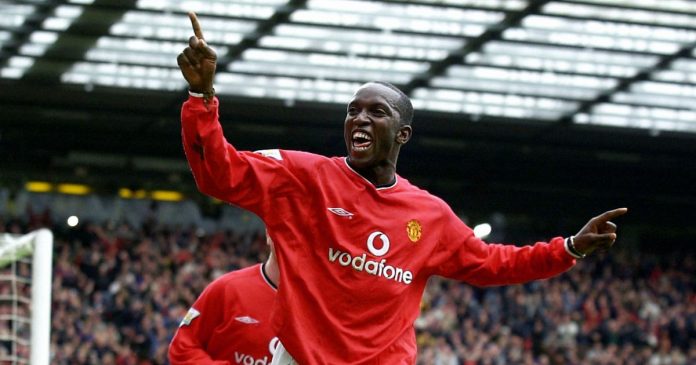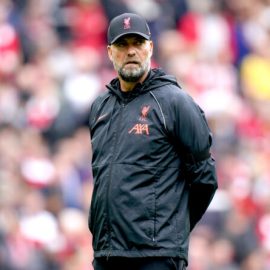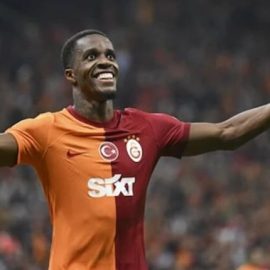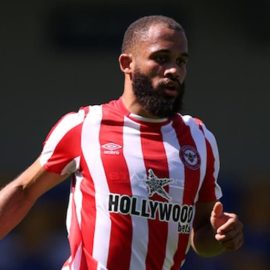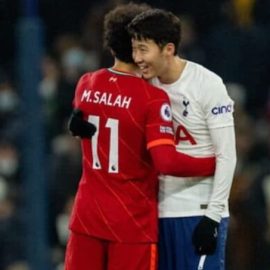With an average age of just over 23, Tottenham Hotspur have the youngest squad of all the teams in the Premier League this season. Spurs are comfortably sat in fourth, helped in a way by their reliance on an English core of first team regulars. Three young England internationals – Harry Kane, Dele Alli and Eric Dier – form the crux of the current Spurs side and they have fit in seamlessly with the tactical demands of their manager Mauricio Pochettino.
Alli, in his maiden Premier League campaign, has emerged as one of the standout performers of the season. Deployed in a variety of roles in midfield, he has shined the most as an attacking midfielder. Operating in the ’10 space’, Alli continually makes runs beyond Kane into the box which has seen him score five goals this season, while his link-up play with Kane has also been key to his side’s attacking orientations.
The fact Spurs sold Roberto Soldado to Villarreal last summer points to the general direction Pochettino envisages his team to line up in an offensive sense. Soldado, a penalty box poacher who does little else in areas beyond the 18-yard box, was seen as a misfit in Spurs’ system, which under Pochettino has embraced the Argentine’s well-documented high pressing tactics as a means to unsettle opponents in their build-up phases.
Kane isn’t the archetypal English centre-forward, and the two other forwards Spurs recruited last summer – Son Heung-Min and Clinton N’Jie – aren’t typical centre-forwards either. The two summer signings are more comfortable drifting inside from wide areas, and played alongside a partner at their previous clubs. The idea was always to bring in players carrying specific attributes of positional interchanging and playing as part of the team.
That the Kane-Alli partnership has flourished owes much to the frequency with which they interchange positions during a game. Alli is often seen to be the most advanced Spurs attacker when Kane drops short, and in phases where Kane holds his position up front, Alli stays in close proximity to the striker to help facilitate combination plays. In Spurs’ 1-1 draw with Everton earlier this year, Kane and Alli were involved in numerous combinations in and around the Everton box, only to be denied by Kane’s poor finishing and Everton’s last-ditch defending.
It’s not only Alli and Kane; the entire Spurs front line are capable of positional interchanges which has been the feature of the Lilywhites’ attacking play this season. Saturday’s 4-1 win over Sunderland saw several instances of Spurs’ positional fluidity; one occasion allowed Kane to have a pop at goal from distance as Mousa Dembele advanced forward with the ball whilst dragging defenders with him before laying the ball back to the England striker.
The immediate understanding between Kane and Alli bodes well for the England national team as well. Son was brought in as a marquee acquisition last summer but has been kept in the shadows by a blooming rapport between the two Englishmen. While Spurs press high up the pitch with their four attackers, their defence hasn’t been subjected to much pressure from opponents. Last season, they conceded 13 shots per game, which has improved this term as they are conceding 11 shots per game this season.
While too much shouldn’t be read into the influence of Dier in that regard, his adaptability and consequent comfortability has seen Spurs evolve into a sturdier defensive unit this term. From conceding the sixth highest number of goals last season, they now have the meanest defence in the entire division. Dier’s impact from his new holding midfield role assumes some significance, although most of the plaudits have gone the way of the central defensive partnership of Toby Alderweireld and Jan Vertonghen.
Dier is vital to Pochettino’s favoured tactical wing-back switch during games. Spurs rarely play anything aside from their template 4-2-3-1 with two pivots, but Dier’s experience as a central defender and a full-back last season has allowed Spurs to easily switch into a more attack-minded shape with the two full-backs playing as auxiliary wingers while Dier slots in as the third centre-back.
That allows the likes of Erik Lamela and Christian Eriksen to overload the central space, and also allows more penetration from the sides with the full-backs. Dier’s versatility means Spurs are rarely out of shape in defensive transitions and his ability to quickly recycle the ball has also been instrumental in helping Spurs to become more proactive against passive opponents.
Dier has often been the least talked-about of Spurs’ young English stars, but his significance is reflected in the way his team go about their job at the attacking end of the pitch. Kane, Alli and Dier have been a breath of fresh air in what the wider media have termed an “un-Spursy” season for Spurs. They are three vital cogs in Pochettino’s machine that is characterised by attacking interplay, high pressing and solid defending. In what has been a season of myriad narratives, the one that involves the future of the England national team is being written at White Hart Lane.
Add Sportslens to your Google News Feed!
